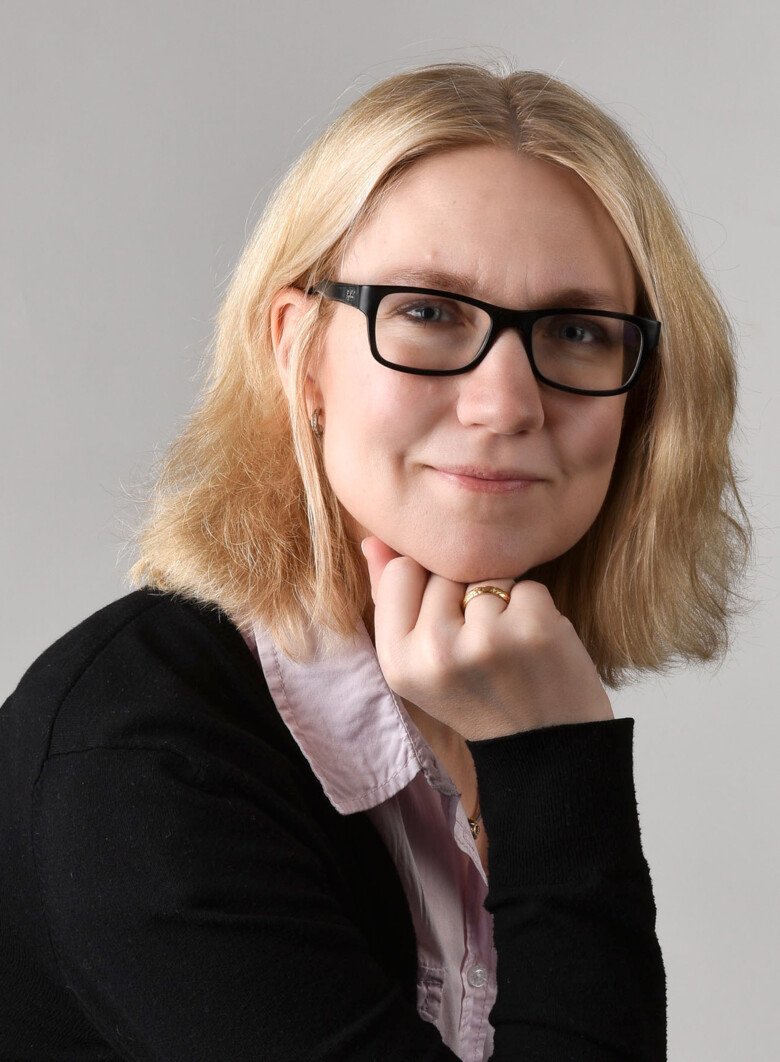DNA puzzle uncovers rare chromosome defects
Using puzzle pieces from four different DNA analyses, researchers at Karolinska Institutet have been able to map three extremely complex chromosome aberrations. This has given families answers about the cause of their children’s serious symptoms. The study was published in the scientific journal PLOS Genetics and the goal is to produce a test to be used in the clinic.

One in 500 people carries a balanced chromosome aberration. It means having all the genetic make-up but not in the right place. It does not necessarily cause any medical problems, depending on where the aberrations are located. However, healthy carriers may face fertility problems or an increased risk of having children with rare genetic disorders.
Anna Lindstrand, clinically active researcher at Karolinska Institutet and Karolinska University Hospital, leads a research group specialised in studying the genetic background of rare diagnoses. This includes diseases caused by complex chromosome aberrations.
For the past two years, she and her colleagues have used the latest technology to find genetic causes for the severe symptoms experienced by three persons since they were little. Neither studying the chromosomes under a microscope nor whole genome sequencing using the standard “short read” technique had been able to identify the exact cause of the problems.
“We knew that they were carrying one or more irregular chromosomes, but we did not know what they looked like on a detailed level,” says Anna Lindstrand, Docent at the Department of Molecular Medicine and Surgery at Karolinska Institutet.
Appropriate care
The knowledge is important both in order to give the appropriate care, and to allow for prenatal screening in cases where parents want more children. The researchers chose to study the subjects’ genetic make-up with newer whole genome sequencing techniques. This allows them to study longer DNA molecules and also take high resolution images of the chromosomes.
“Combining the results helped us solve the puzzle. We managed to piece together the complete altered chromosome in one patient and the chromosomes involved in the two other cases.”
The results show that the chromosome aberrations in the three teenagers are each so rare that they can be considered unique.
“It’s not even possible to calculate the probability that another person in the world would have the exact same 36 breakpoints on chromosome 1 that one of our patients had,” says Anna Lindstrand.
Whole genome sequencing
She establishes that the message of the study is that there is a value in continuing with more whole genome sequencing when this type of deviation is found in clinical environments.
“There is great clinical interest in developing better methods which allow us to describe in detail what is wrong.”
Researchers now want to move on to studying the method on hundreds of people with different types of complicated chromosome aberrations. The goal is to create a test which can be used in clinics.
“Perhaps in the future it will be possible to use this method directly when you have a sick child and don’t know why. I think this could be reality in just a couple of years. But today the method is more of a follow-up analysis.”
The study was conducted in collaboration with researchers from KTH, Stockholm University and the Baylor College of Medicine in Houston, USA. The research project was funded by grants from SciLifeLab, the Swedish Research Council, the Swedish Society for Medical Research, Hjärnfonden, Riksbankens Jubileumsfond/Erik Rönnberg’s Donations and Stockholm County Council.
Publication
“Comprehensive structural variation genome map of individuals carrying complex chromosomal rearrangements”.
Jesper Eisfeldt, Maria Pettersson, Francesco Vezzi, Josephine Wincent, Max Käller, Joel Gruselius, Daniel Nilsson, Elisabeth Syk Lundberg, Claudia M.B. Carvalho, Anna Lindstrand.
PLOS Genetics, online 8 February 2019, doi: 10.1371/journal.pgen.1007858
